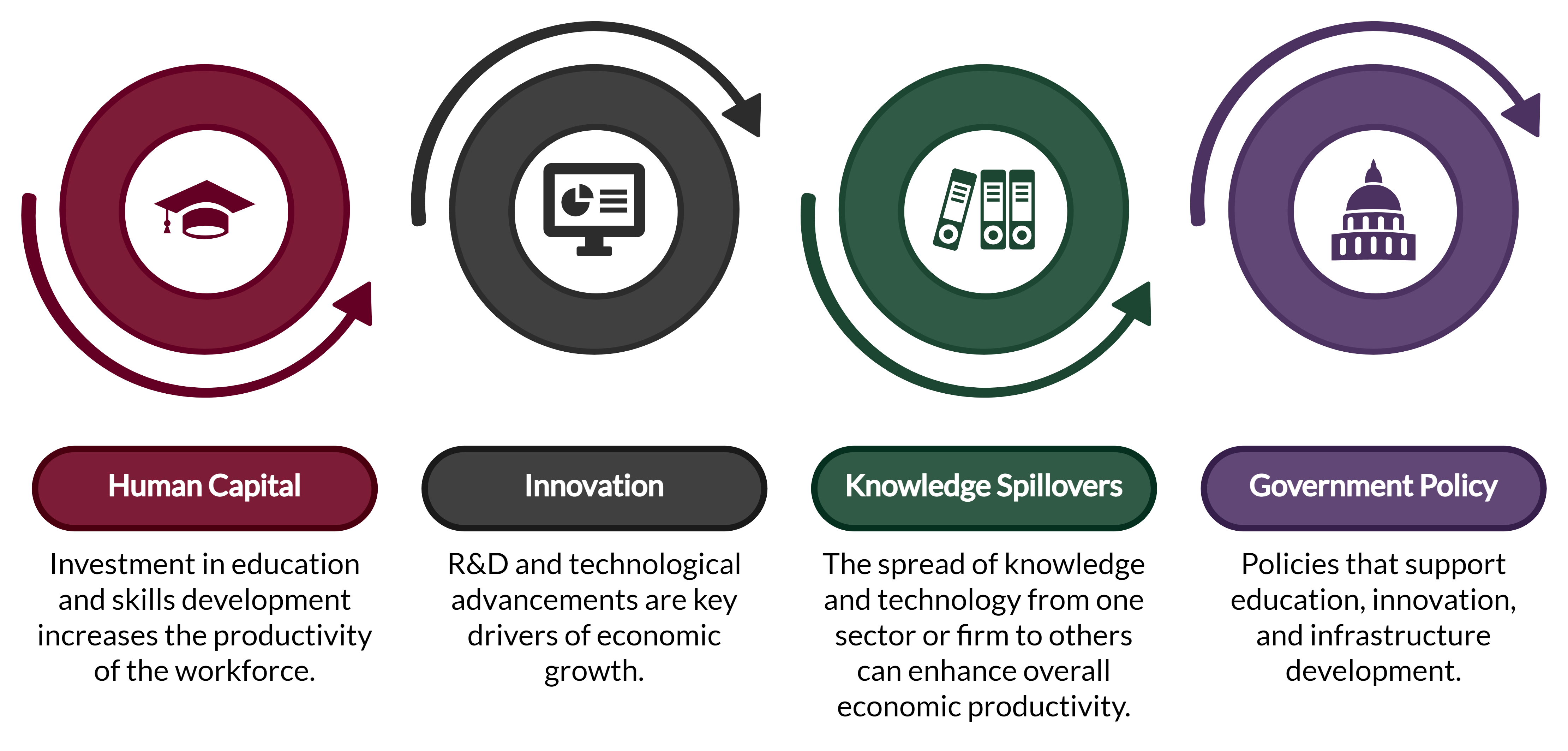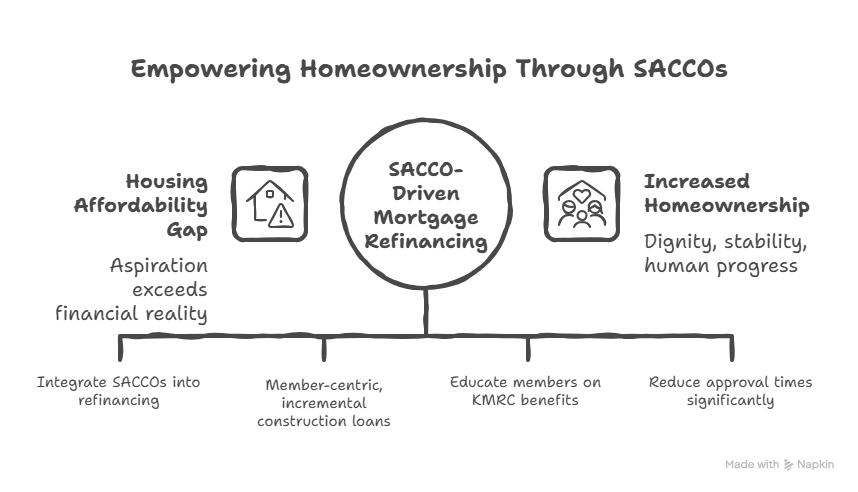Economic Growth, Innovation, and Property Rights
In 1956, Robert Solow and Trevor Swan introduced the neoclassical growth theory,
attributing economic growth to three main factors: labor, capital, and technology. Their
theory suggested that short-term equilibrium arises from varying amounts of labor and
capital in production, but emphasized that long-term economic growth hinges on
technological advances.
In the 1980s, economist Paul Romer advanced this concept by arguing that
technological change is not merely an external byproduct of scientific progress. Romer
proposed that government policies, particularly those promoting R&D and intellectual
property laws, play a critical role in fostering endogenous innovation and driving
sustained economic growth.
Endogenous growth theory highlights the pivotal role of human capital—skills,
knowledge, and education—in economic development. Investment in education and
training is deemed essential for fostering innovation and technological progress. The
theory posits that innovation and technological advancements are products of economic
activities within the system, emphasizing the importance of knowledge spillovers (where
knowledge spreads from one firm to another) and R&D.
Unlike traditional theories that suggest diminishing returns to capital, endogenous
growth theory often assumes constant or increasing returns to scale in knowledge and
human capital. This implies that investments in these areas can lead to sustained
economic growth, without the diminishing returns typically associated with physical
capital.
According to endogenous growth theory, government policies can significantly influence
economic growth by supporting education, R&D, and infrastructure. Policies that
encourage innovation and protect intellectual property rights are vital. Conversely,
policies that restrict or slow change by protecting or favoring particular existing
industries or firms may eventually hinder growth, to the community's disadvantage.
However, economist Paul Krugman has criticized endogenous growth theory for being
difficult to verify empirically, stating that it often involves making assumptions about how
unmeasurable factors influence other unmeasurable factors.
Real-World Examples: South Korea and Taiwan
South Korea
South Korea exemplifies the principles of endogenous growth theory. The country has
achieved remarkable economic success by focusing on human capital, innovation, and
knowledge spillovers, supported by effective government policies. South Korea boasts
one of the highest rates of educational attainment globally, with a government emphasis
on universal education and advanced training creating a highly skilled labor force. The
country invests a significant portion of its GDP in R&D, achieving one of the highest
R&D expenditure-to-GDP ratios worldwide. The development of industrial clusters and
innovation hubs has facilitated the spread of knowledge and technology across firms
and industries. Targeted industrial policies have nurtured key industries and facilitated
structural transformation. This underscores the importance of internal growth drivers in
sustaining long-term economic development.
Taiwan
Taiwan’s economic development also aligns well with endogenous growth theory.
Taiwan has one of the highest literacy rates and educational attainment levels in Asia.
The government's focus on quality education has created a highly skilled and adaptable
labor force. Taiwan heavily invests in R&D, with one of the highest R&D expenditure-to-
GDP ratios globally, reflecting a strong commitment to innovation. The establishment of
industrial clusters, such as the Hsinchu Science Park, facilitates knowledge and
technology transfer among firms. Strong linkages between universities and the private
sector promote innovation and the commercialization of research. Targeted industrial
policies support key sectors like semiconductors, electronics, and green technology.
This highlights the importance of internal growth drivers in sustaining long-term
economic development, providing valuable lessons for other developing economies.
Lessons for Kenya
Governments can recalibrate their approach to economic growth and development by
focusing on internal growth drivers. For Kenya, this means emphasizing human capital
development, innovation, and knowledge spillovers, supported by proactive government
policies. By adopting this approach, Kenya can achieve significant economic progress,
demonstrating the importance of internal growth drivers in sustaining long-term
economic development and providing valuable insights for other developing economies.




